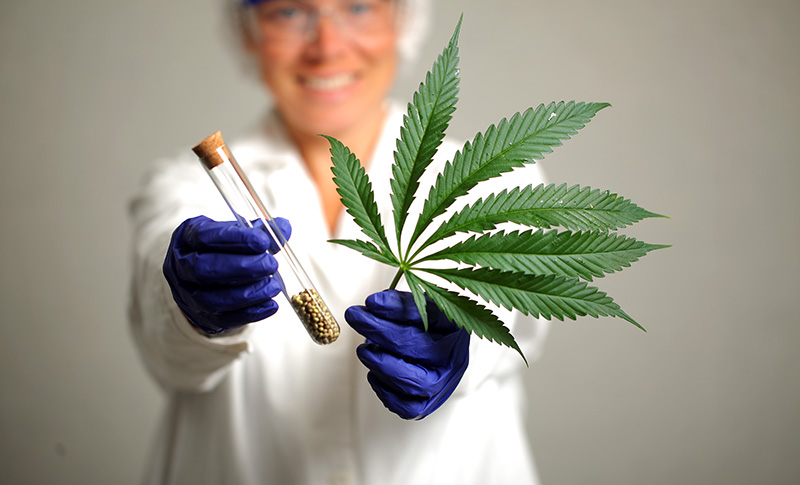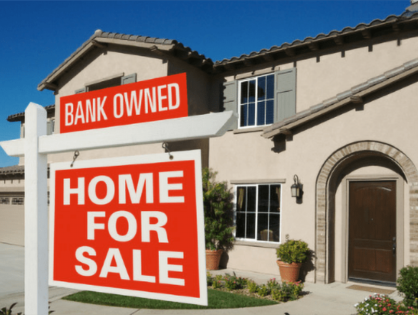New York City, NY – A proposed legal marijuana program in New York would generate about $300 million in tax revenue, Gov. Andrew Cuomo said Tuesday. The Democratic governor gave the revenue estimate during his State of the State address in Albany along with a few details about his proposal to legalize cannabis.
“We have to do it in a way that creates an economic opportunity for poor communities and people who paid the price, and not for rich corporations who are going to come in to make a buck,” he said.
Cuomo’s proposal to legalize cannabis for adults 21 and older would impose three taxes: one on the cultivation of marijuana by weight, and two on the sale of it from wholesalers to retailers.
Proceeds from one 20-percent sales tax would go to the state while the other 2-percent tax would go to the county in which it’s collected, Cuomo’s budget briefing shows. The state funds would support the regulated pot program itself as well as small business development, traffic safety, public health education, and other programs, the briefing says.
Cuomo’s plan would create a new Office of Cannabis Management to oversee the new industry. The office would have the power to regulate the production, distribution, sale, and potency of pot, among other authorities, according to the governor’s budget legislation.
It would also oversee the state’s medical marijuana program, which is currently under the Department of Health, and its hemp market, the briefing says.
Cuomo said his plan would allow counties and large cities to “opt out” of the state’s legal pot program. That means they would be able to prohibit marijuana sales within their borders. The Town of North Hempstead in Nassau County voted to ban recreational pot sales on Monday.
The governor’s proposal would also establish “quality control” and automatically seal certain marijuana-related criminal records, Cuomo said.
Cuomo has embraced the legalization of recreational pot since his state Department of Health published a report last summer concluding it would do more good than harm. Ten other states have legalized the recreational use of marijuana.
Cuomo did not give details about the revenue estimate in his speech, but it appears the money will take several years to materialize. The budget briefing shows no revenue from cannabis legalization for the upcoming fiscal year and just $83 million in the following year.
The state’s first marijuana store might not open until the end of 2021 even if officials agreed today on how the program would look, said Jeff Reynolds, who was in the 20-member workgroup Cuomo appointed to draft pot legislation.
“My guess is that you don’t start seeing revenue until 2022, and until then you’ve got nothing but expenses,” said Reynolds, who is the president and CEO of the Family and Children’s Association on Long Island.
Cuomo’s revenue estimate is more conservative than those other studies have posited.
The Department of Health report said taxes on pot could generate as much as $677.7 million in the first year, including $428.1 million in retail taxes and $249.6 million in state and local sales taxes. And a report by City Comptroller Scott Stringer last year said legal marijuana sales could generate nearly $436 million annually in taxes for the state and $336 million for the city.
Mayor Bill de Blasio, who just got behind marijuana legalization last month, said he was encouraged to hear Cuomo push for a small-business-based market. But he urged state lawmakers not to rush through the process.
“I really hope everyone up here makes sure they do this the smart way, not just the fast way,” the Democratic mayor said.





